Promoting the Science-Policy dialogue: the Andean Mountain Initiative meets the Socio-Environmental Monitoring Networks of the Andes
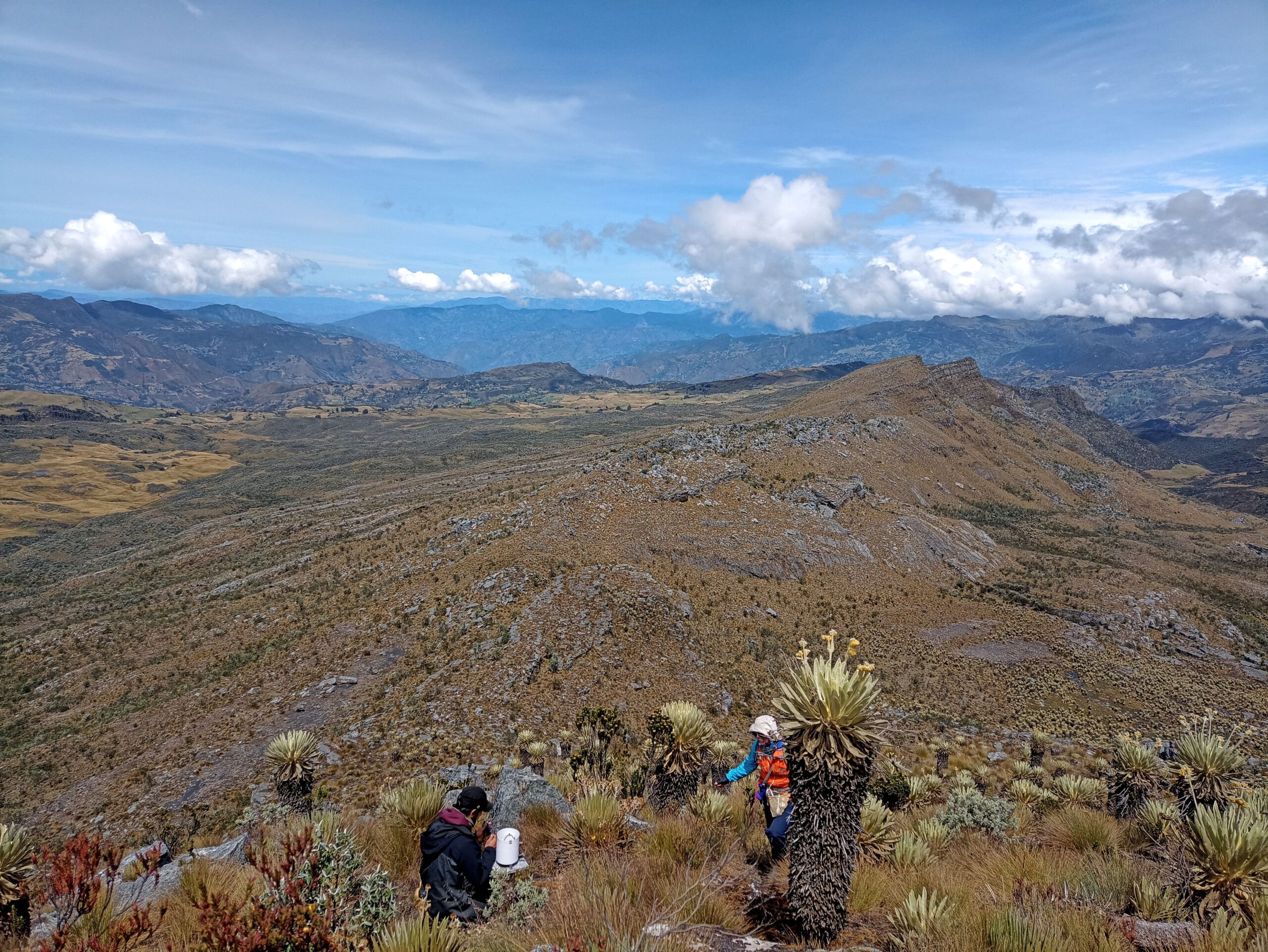
Summary
The Andean Mountain Initiative (AMI) is a platform formed by the seven countries in the Andes, and promoting Science-Policy dialogue is a fundamental part of its Roadmap to Strengthen Governance. On February 8, 2024, the Governance Technical Roundtable and the Technical Secretariat of the AMI, with support of the Adaptation at Altitude-Andes programme of CONDESAN-SDC, organized a virtual event to meet with the main socio-environmental monitoring networks and programmes in the Andes. This is a brief account of the meeting highlights, the experiences shared, and the opportunities identified for strengthening cooperation between academia and policy-makers working towards sustainable development in the Andes.
Focus on enhancing Science-Policy dialogue
The “Science-Policy Dialogue Meeting: monitoring networks of Andean ecological and social systems for sustainable development”, was held on February 8, 2024 to encourage dialogue between the socio-environmental monitoring networks of the Andes and the AMI. This was considered a fundamental step towards the objective of guiding conservation strategies, sustainable management, and adaptation to climate change in the Andes, using updated, scientific knowledge. It was organized by the Governance Technical Roundtable and the Technical Secretariat of the AMI, and supported by the CONDESAN Adaptation at Altitude programme as part of the strengthening strategy of the Initiative. Speakers representing the main research and monitoring networks of the Andean region shared their experiences with more than 50 participants, with open spaces for discussions.
The Andean Mountain Initiative (AMI) is a platform formed by the seven countries of the Andes: Argentina, Bolivia, Colombia, Chile, Ecuador, Peru and Venezuela. Its stated goal is “to strengthen the regional dialogue with the purpose of promoting and undertaking joint actions aimed at the conservation and sustainable development of the Andean mountains”. As part of its Roadmap for Governance Strengthening, it has taken action to promote the Science-Policy dialogue, more effectively connect the governing and planning bodies with academic institutions that are monitoring the state of the Andean socio-ecosystems, and obtain valuable data on the effects of climate change in such socio-ecosystems.
A number of research institutes along the Andes have programmes dedicated to long-term environmental monitoring in the region. Some of them have formed networks that unite scientists and their institutions, use standarized monitoring protocols that allow for comparative studies, and maintain long-term records on the response of the Andean environment to changes in climate or land use. Government research institutions also implement monitoring programs that focus on water resources and glaciers, both of which have been particularly affected by climate change, changes in land use, and development. But the communication of knowledge generated by these networks or programmes, and the incorporation of scientific analysis on the status of the socio-ecosystems into conservation, sustainable development and adaptation efforts, is often lacking. The event aimed to inform policy-makers on the current status of monitoring efforts, connect the academic institutions with the AMI platform and its actions, and explore new ways of working together.
Examples of socio-environmental monitoring in the Andes
The event started with presentations by four monitoring initiatives that have formed regional networks, sharing protocols, data and analysis across the Andes:
- The GLORIA-Andes Network, dedicated to monitoring vegetation on the Andean peaks and the associated impacts of climate change, maintains permanent plots on 74 peaks distributed in all countries home to the mountain range. Its most recent results reflect changes in the composition of the species and a net loss of vegetation cover on the summits.
- The Andean Forest Network (Red de Bosques Andinos, RBA), which unites researchers studying the great variety of Andean forests, is present in six countries and maintains permanent plots that include 145 thousand census trees. Results show that climate change is already having an impact on forests, with an increase in species from warmer climates.
- The regional Initiative for Hydrological Monitoring of Andean Ecosystems, IMHEA, has 22 sites in six Andean countries, and is oriented towards participatory monitoring of water resources, which involves actors from academic institutions to communities. After a decade of work, in its new phase, IMHEA is currently reassessing its objectives and preparing to generate true impact on water conservation processes in the Andes.
- Finally, a recently created initiative, the Network of Andean Socio-ecological Observatories, ROSA, is a south-south collaborative effort of integrated monitoring for the management of the Andean territory. It stems from the detected need to place more emphasis on socio-ecological monitoring, as an integrated analysis that takes into account the complex dynamics of interactions between the environmental and social aspects of ecosystems. The ROSA Network is now consolidating a series of observatories that integrate existing monitoring initiatives and complement them with this social dimension.
The following four presentations were given by government research institutions from various Andean countries, aimed at the protection of water resources and glaciers:
- The Argentine Institute of Nivology, Glaciology and Environmental Sciences (IANIGLA) has been carrying out a national inventory of glaciers and exploring the impact of glaciers on basins. IANIGLA also conducts climate change studies that involve an interdisciplinary working group dedicated to evaluating the stability of the hydrological system in the country.
- In Peru, the National Institute for Research in Glaciers and Mountain Ecosystems (INAIGEM) has been studying the glaciers of Peru for 10 years, and has created a national inventory of glaciers, lagoons of glacial origin, and wetlands. Among other topics, the risks of glacial origin and the acid drainage problems brought about by deglaciation are studied, and work is being done on national policy for glaciers and mountain ecosystems.
- The Institute of Hydrology, Meteorology and Environmental Studies (IDEAM) of Colombia, presented the ENANDES initiative to improve the adaptation capacity of Andean communities. This project involves six Andean countries, and places special emphasis on community participation in the generation and management of knowledge about water resources.
- The presentations ended with the Glaciology and Snow Branch of the Ministry of Public Works of Chile, which carries out permanent monitoring of the state of glaciers and glacial lakes in 92 stations. The Public Inventory of Glaciers in Chile, renewed every 10 years, has made it possible to monitor their evolution, and there is also an inventory of the distribution of permafrost.
Outcomes, Lessons Learned, and Outlook
- Consensus on Dialogue and Knowledge Exchange:
- During the discussion and question sessions, participants reached a consensus on the importance of fostering dialogue and exchanging knowledge and experiences.
- Research and monitoring groups need to engage with planning and decision-making bodies to bridge gaps and enhance collaboration.
- Fundamental First Steps:
- Meetings, the creation of synergies, and the establishment of new communication spaces were identified as crucial initial steps.
- These actions facilitate better understanding and cooperation between different stakeholders.
- Accessibility of Research Group Information:
- Participants emphasized the need to make information about research group activities more accessible.
- Lack of awareness about the breadth and significance of research results in the Andes region was highlighted.
- Key Insights from the Event:
- Genuine Interest: Participants expressed a genuine interest in solving environmental and social problems through collaborative information and knowledge generation.
- Interdisciplinary Collaboration: Current conditions necessitate collaboration not only among peers but also across disciplines.
- Community Involvement: Knowledge co-production experiences involving local communities enhance decision-making.
- Results Socialization: It is essential to share research results with diverse audiences, encouraging action.
- Cooperative Action: Collaborative efforts are crucial for effective socio-ecosystem management.
- Calls to Action:
- Information Sharing: Research institutions and collaborative networks should coordinate future presentations to share information on mountain management in each country.
- Promoting Alliances: The governance table of the Andean Mountains initiative will explore mechanisms to foster alliances between research networks and institutions across mountain regions.
- Next steps:
- Discuss with member countries the possibility of promoting a mechanism to promote alliances between networks at the Andean region level and other networks in mountain areas.
- Coordinate with interested networks a presentation on the AMI to their members.
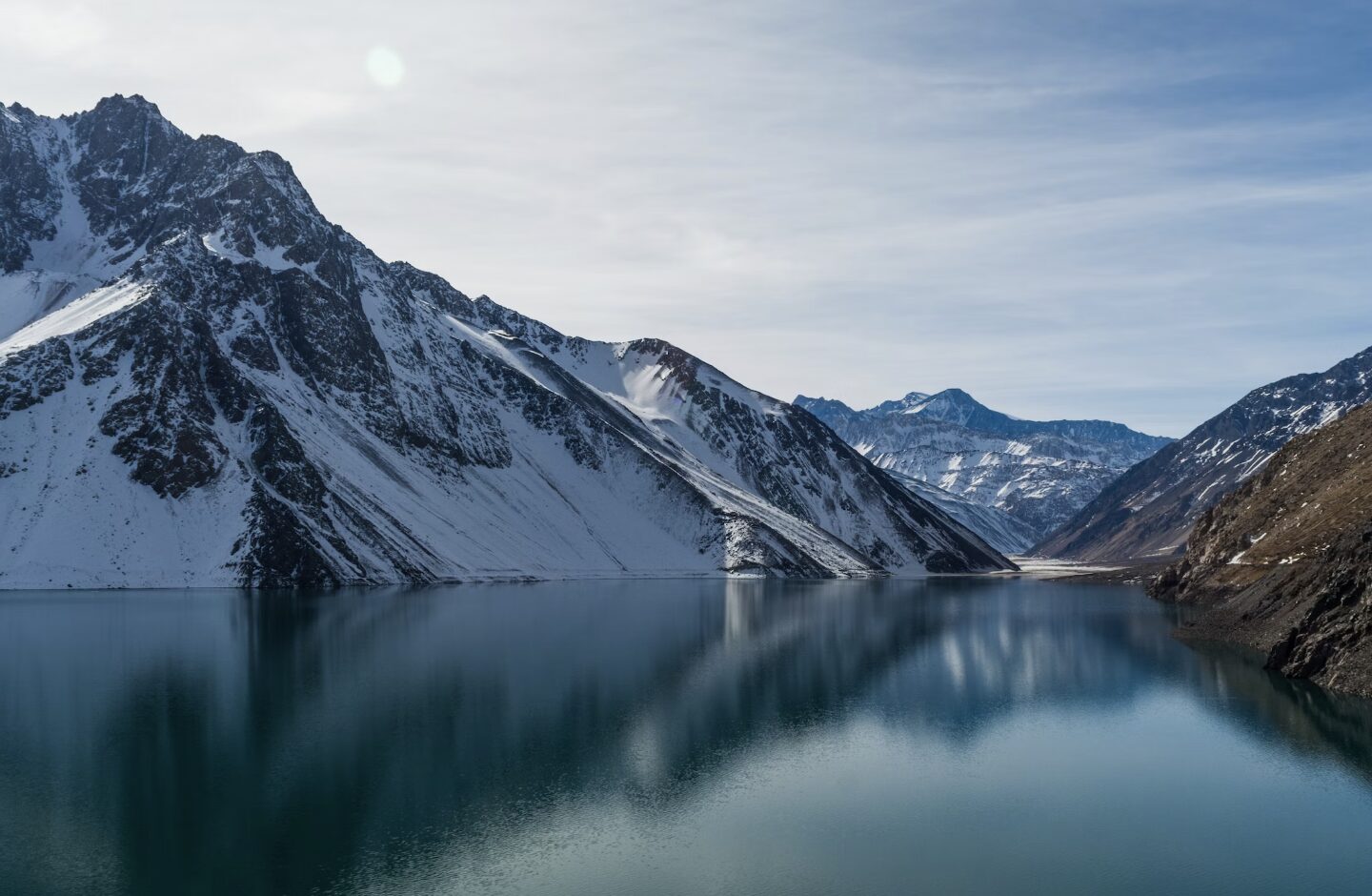
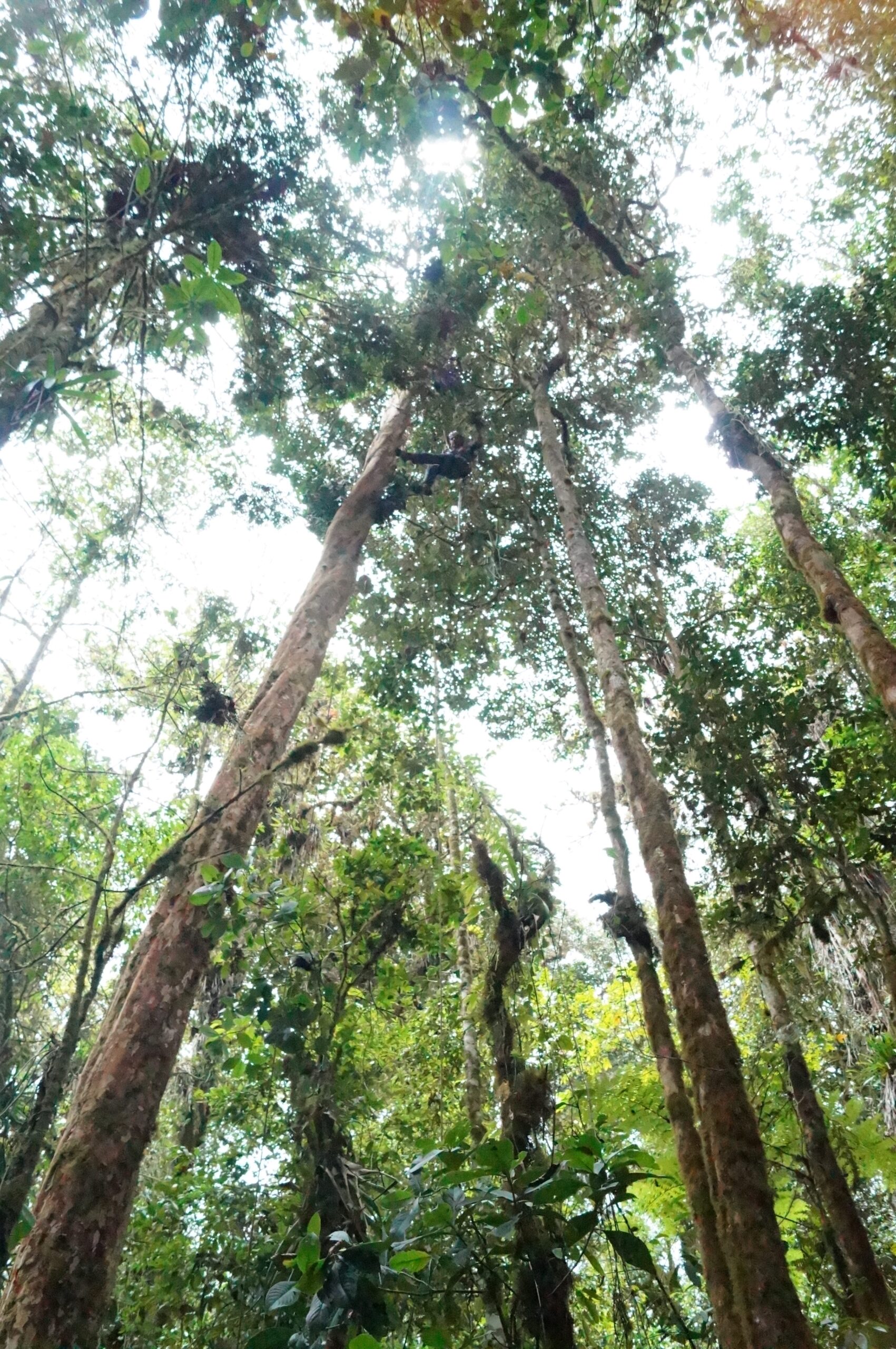
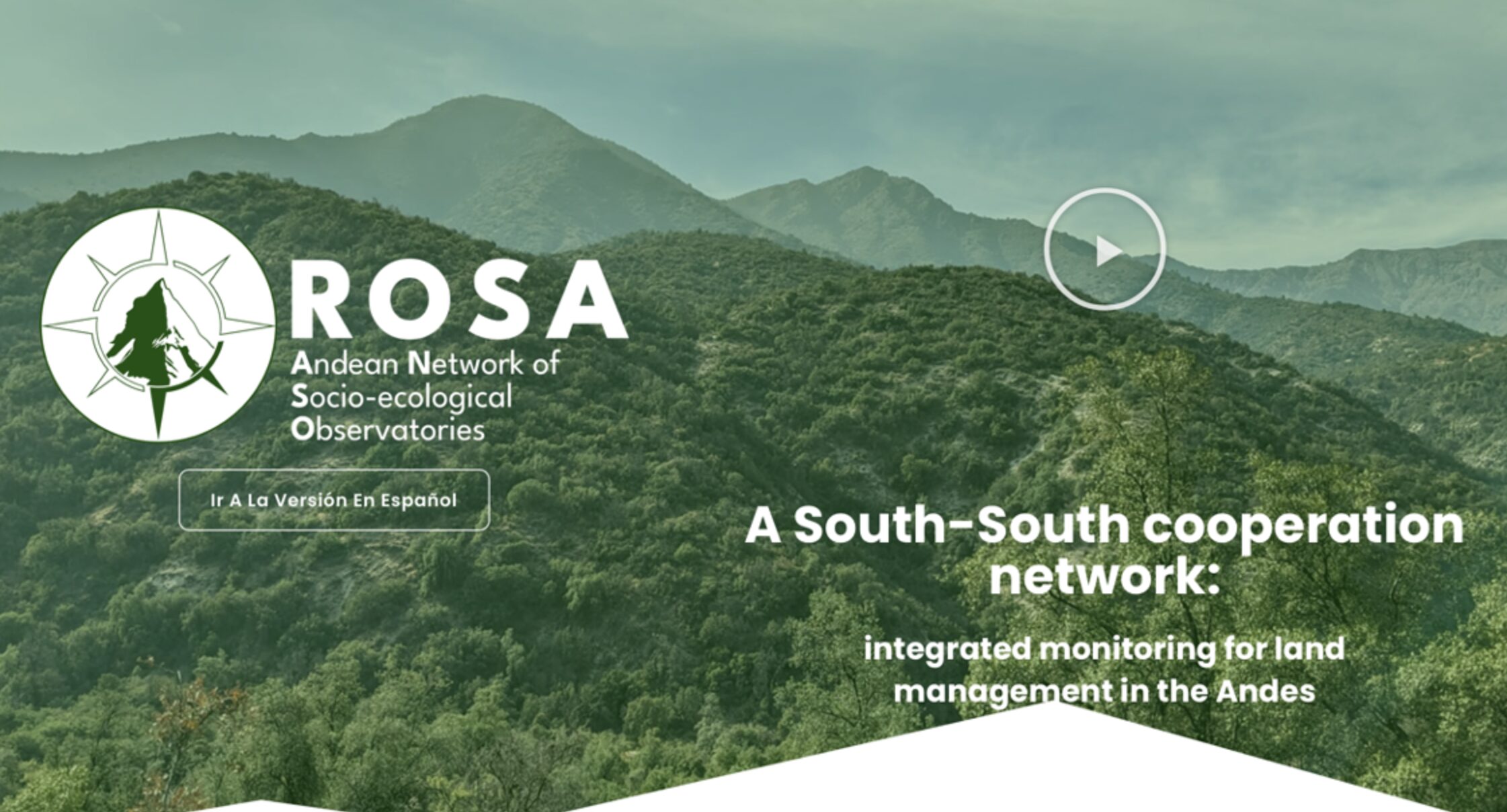
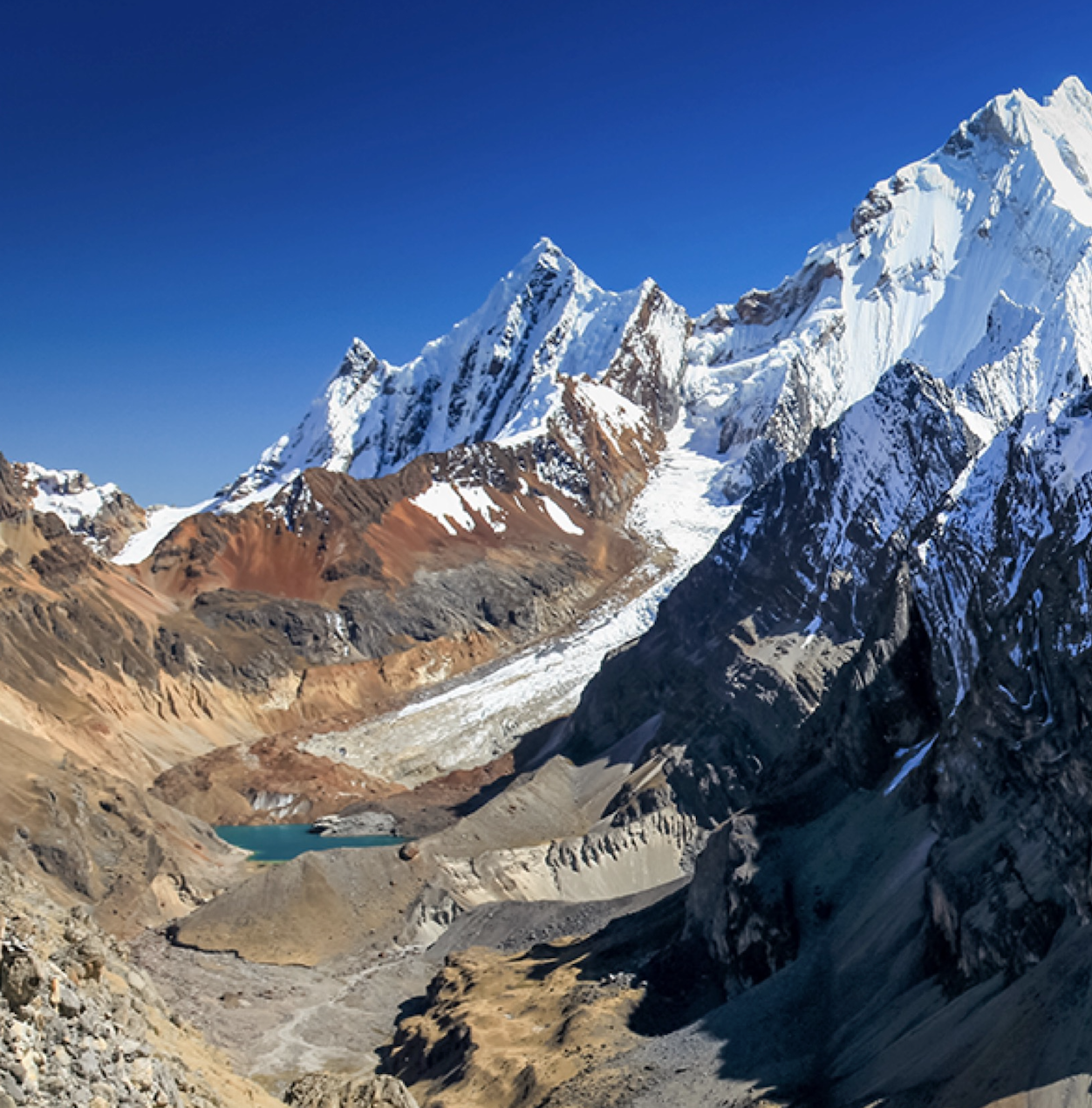
(0) Comments
There is no content